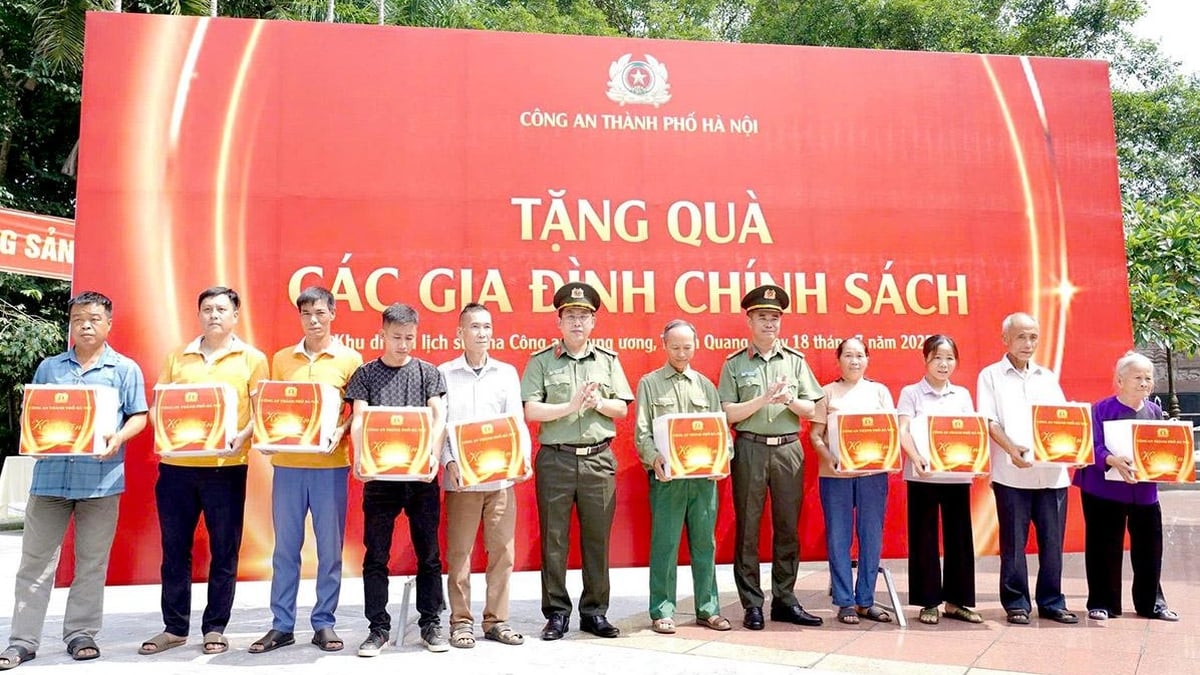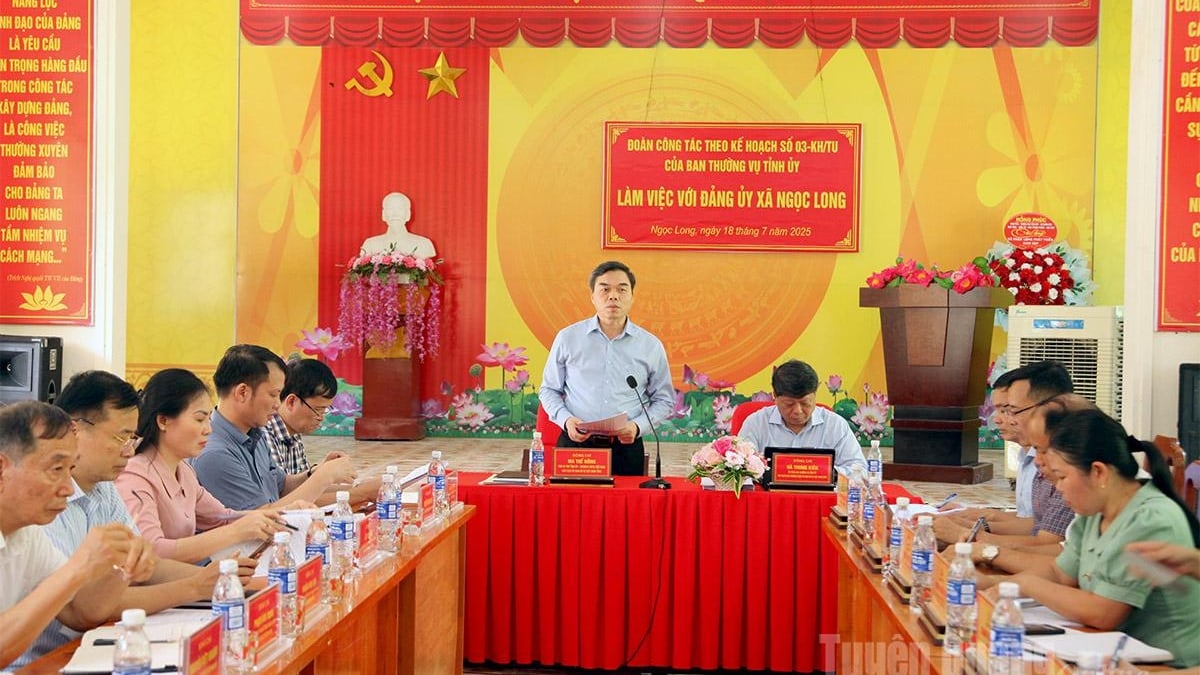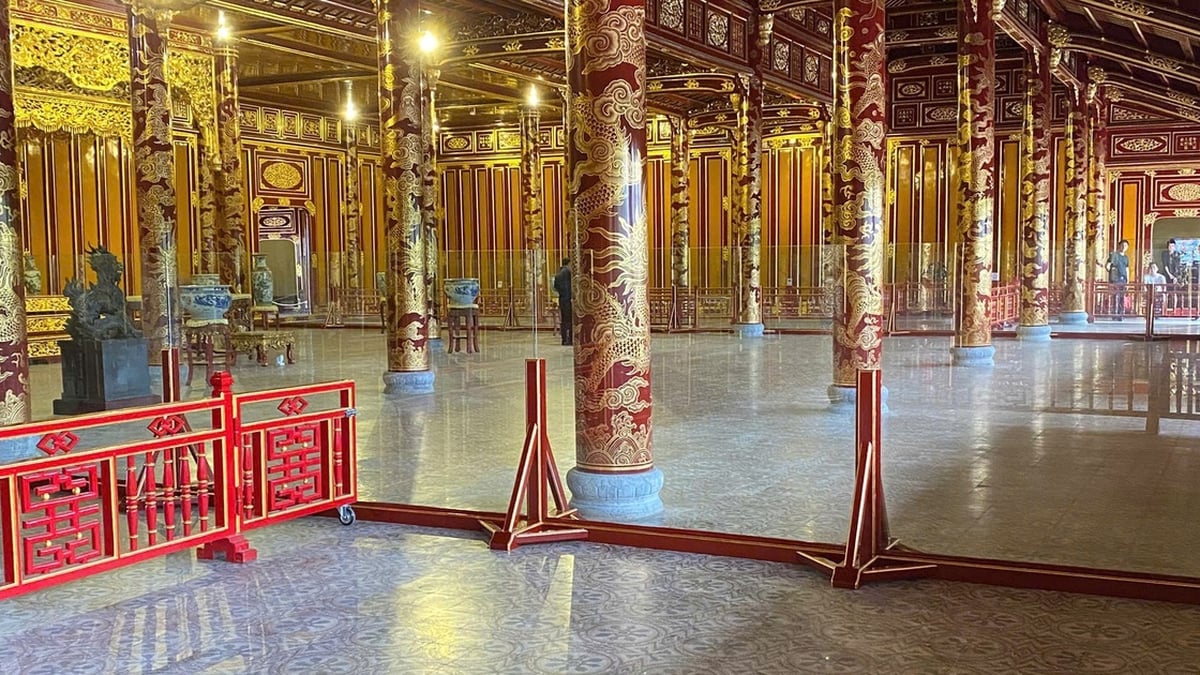Tuyen Quang is a province in the Northern midland and mountainous region, about 165km from the capital Hanoi. Tuyen Quang has an important position in the socio -economic development strategy of the region, and is a province above the region's average in many aspects.
Geographical location
Tuyen Quang has geographical coordinates of 21o30'- 22o40' North latitude and 103o50'-105040' East longitude. The North borders Ha Giang province, the East borders Bac Kan and Thai Nguyen provinces, the West borders Yen Bai province and the South borders Vinh Phuc and Phu Tho provinces. The administrative center of the province is Tuyen Quang city, 131 km from the center of Hanoi capital.
Topographical features
The terrain of Tuyen Quang is quite complex, divided by many high mountain ranges and rivers, especially in the North of the province. In the South of the province, the terrain is gradually lower, less divided, with many hills and valleys running along the rivers. Tuyen Quang can be divided into the following 3 terrain regions: (1) the mountainous region in the North of the province includes Na Hang, Chiem Hoa, Ham Yen districts and the North of Yen Son district, with a common altitude of 200 - 600 m and gradually decreasing to the South, with an average slope of 250, (2) the mountainous region in the middle of the province includes: the South of Yen Son district, Tuyen Quang city and the North of Son Duong district, with an average altitude of less than 500 m and gradually decreasing from North to South, with a slope of less than 250, (3) the mountainous region in the South of the province is the area in the South of Son Duong district, with midland terrain characteristics.
Climate
Tuyen Quang's climate is characterized by a tropical monsoon climate, influenced by the North Asian mainland of China, divided into four distinct seasons: Spring, summer, autumn, and winter. Winter is cold and dry and summer is hot and humid with heavy rain. The average annual rainfall is from 1,500 - 2,300 mm. The average annual humidity is 82%. The average annual temperature is from 22 - 250C. The highest average is 33 - 350C, the lowest average is from 12 - 130C; the coldest months are November and December (lunar calendar) causing frost phenomena.
Due to its fragmented terrain, Tuyen Quang has two distinct climatic sub-zones, allowing for the development of diverse agricultural and forestry production.
Hydrological characteristics
Tuyen Quang has a fairly dense river and stream system that is relatively evenly distributed among regions. This river and stream system, in addition to its ecological significance and serving production and life, also contains great potential for hydropower development. There are large rivers, of which the Lo River flows through the province for 145 km, with the largest flow of 11,700 m3/second. The Gam River, which flows through the province for 170 km, has the ability to transport by water, connecting Na Hang and Chiem Hoa districts with the provincial capital; the Pho Day River, which flows through Tuyen Quang for 84 km.
The hydropower potential on the Gam River is relatively large. Currently, the Na Hang hydropower plant and the Chiem Hoa hydropower plant have been built on the Gam River.
The province's river network is relatively dense with a density of 0.9km/km² and evenly distributed. The dike and irrigation drainage system of Tuyen Quang province has been basically completed in recent years, so it is almost unaffected by natural disasters, storms and floods every year, ensuring production and business activities in the province.

Na Hang - Lam Binh ecological lake. Photo: Trung Kien
Natural resources
a. Land resources
Tuyen Quang has 586,795 hectares of natural land. Due to hot and humid conditions and heavy rain, the weathered crust of Tuyen Quang's soil is relatively thick, combined with the vegetation that is quite effective in protecting the ground, so the soil degradation is mild. Tuyen Quang's soil has the following main groups: Red-yellow soil on clay and metamorphic rocks; light yellow soil on sandstone; red-yellow soil on magma rocks; red-yellow soil on metamorphic rocks; alluvial soil along streams; and slope soil - valleys. In addition, there are a number of other types of soil that occupy small areas such as: Brown-yellow soil, light yellow ebony soil, red-brown soil; unconsolidated alluvial soil... In general, Tuyen Quang's soil resources are extremely rich in variety, with relatively good quality, especially in the southern districts, suitable for crops.
b. Water resources
Surface water: Tuyen Quang has a very large surface water source, 10 times higher than the current water demand for agricultural production and daily life. The annual rainfall is quite large, along with water sources from the Lo River basin, Gam River, Pho Day River and many large and small streams, the newly built Na Hang hydroelectric reservoir, plus nearly 2,000 ponds and lakes with water all year round, have created for the province a rich water resource, about 5.5 billion m3/year. On average, every hectare of natural land has 9 m of rivers and streams and 9,375 m3 of water.
Groundwater: Groundwater is abundant, available throughout the province and of good quality, meeting the standards for domestic use. The groundwater level is not deep and is relatively stable, convenient for exploitation, including simple exploitation for people's daily activities. Notable mineral water points are Binh Ca and My Lam (Yen Son). Currently, the province is exploiting My Lam hot water for medical treatment and processing of pure drinking water.

Tinh Huc Bridge on the Lo River in Tuyen Quang. Photo by Viet Hoa
c. Forest resources
Tuyen Quang has about 448,680 hectares of forest and forestry land (including special-use, protection and production forests). The total existing forest area is over 422,400 hectares, of which the area of raw wood plantations is over 140,700 hectares; the forest coverage rate of Tuyen Quang province is over 65%, ranking 3rd in the country.
With an area of over 140,700 hectares of forest for raw wood, it is clear that the forest economy plays a very important role in the lives of Tuyen Quang people. Every year, the province exploits and plants over 10,000 hectares of forest; the total output of wood exploited from planted forests reaches over 900,000m3. Up to now, the province has over 35,800 hectares of planted forests certified with FSC sustainable forest management (the highest in the country); the average value of products obtained per hectare of forest is about over 116 million VND/7-year cycle.
Tuyen Quang has diverse forest vegetation, the whole province has about 760 species of 349 genera, 126 families belonging to 8 branches of higher plants such as angiosperms, pines, cycads, ground pine, pine needles, tower grass, ferns, including many rare plant species such as agarwood, ironwood, flower cycads, limestone cycads, huangdan, ebony, po mu.
Forest animals are abundant, with about 293 species, including 51 mammal species belonging to 19 families; 175 bird species belonging to 45 families; 5 reptile species; 17 frog species belonging to 5 families. Large animals such as bears, leopards, tigers, clouded leopards, leopards, black gibbons, and snub-nosed monkeys often live in deep forests, far from residential areas. Monkeys, deer, and muntjacs often live near residential areas, on fields along the Lo and Gam rivers.
Tuyen Quang has 02 nature reserves: Tat Ke - Ban Bung nature reserve in Na Hang district and Cham Chu area in Ham Yen district.

Ban Ba Waterfall (Chiem Hoa)
d. Mineral resources
Tuyen Quang has many different types of minerals, but most of them are small-scale, scattered, and difficult to exploit.
- Ba Rit: Mainly distributed in Son Duong, Yen Son and Chiem Hoa districts.
- Manganese: Concentrated mainly in Chiem Hoa district and one point in Na Hang district.
- Antimony: Antimony sites have been discovered in Chiem Hoa, Na Hang and Yen Son districts.
- Limestone: it is estimated that Tuyen Quang has billions of cubic meters, most notably the two Trang Da limestone mines with reserves of over 1 billion tons with high content from 49 - 54%, meeting the standards for producing high-grade cement; Bach Ma white stone mine in Ham Yen district has reserves of about 100 million cubic meters, which is a good raw material for producing paving stones for domestic consumption and export. It can be affirmed that Tuyen Quang's limestone resources are quite abundant and are the best exploited mineral among all minerals to create a key product.
- Clay: clay is found in many places in Tuyen Quang town, the most notable of which is the clay mine next to Trang Da limestone mine used to produce cement.
In addition to the above minerals, Tuyen Quang also has many minerals such as tungsten, pyrite, zinc, kaolin, refractory clay, mineral water, gold, sand, gravel... being exploited on a small scale.
Provincial Information Portal





























































































![[Infographic] In 2025, 47 products will achieve national OCOP](https://vphoto.vietnam.vn/thumb/402x226/vietnam/resource/IMAGE/2025/7/16/5d672398b0744db3ab920e05db8e5b7d)





Comment (0)